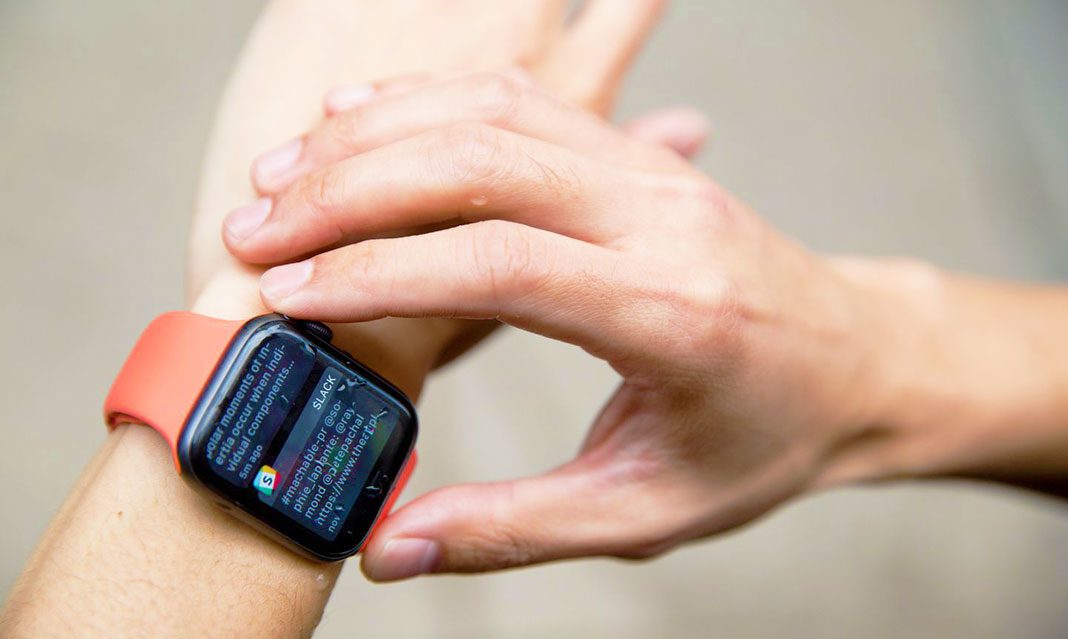Earlier this month, Apple unveiled their brand-new line up of devices and software. Alongside the coveted iPhone 11 Pro and iPhone 11 Max, Apple announced the release of iOS 13 and watchOS 6 software. Both software releases include updated health and fitness tracking that might revolutionize what kind of health data we track and how we track it.
Previous versions of Apple’s health and fitness apps boasted their software as a centralized hub for data collected from all connected third-party apps and devices, like sleep trackers, food logs, mental health logs, and much more. The previous version of Apple’s health and fitness app tracked four main categories of health and wellness: activity, mindfulness, sleep, and nutrition. And within those categories you could track weight loss, body composition, menstruation, and stress.
Apple’s new software improves on many of its previous capabilities while including insights into a few new aspects of health and wellness relevant to today’s society. The new health apps open to a new home screen, now with a more comprehensive summary screen of your health and wellness data. The app’s opening page now features a snapshot of your health data, called “highlights”, as well as a category called favourites, which is a list of your favourite metrics.
The new health app shifts away from a focus on numbers by providing insight into what those numbers actually mean. For example, if you record how many steps you take a day (if a daily step count is a fitness goal of yours), the app calculates how many you took for the week, compares it to your numbers from the previous week, and lets you know if you’re on track to meet your step goal for the current week, or even the current day.
Alongside insight into the numbers, Apple’s new apps now include “Trends,” a new section of the app that gives you an idea of your progress over time. These include things such as how often you move, exercise, stand, how far you move, walking pace, standing minutes, cardiovascular fitness, and running pace. With this new way of seeing your health data, Apple gives you a visual image of your performance, making it easier for you to see your overall progress, specifically if you are improving or lagging. And for those who are motivated by milestones and awards, Apple has included more in-app awards.
If you also have an Apple watch, you can now achieve awards based on the number of move goals met. You can get an award for reaching a move goal of 1500, 1750, and 2000.
In addition to more insightful tracking, by making sense of the numbers, Apple’s new health and fitness app has added three new categories of health tracking: oral health, hearing health, and female cycle tracking. Apple’s new health app allows for the collection and tracking of oral health by allowing you to track the amount of time you spend brushing your teeth.
With the new iOS update you can now track your hearing health, which is relevant for our current generation who always seems to ‘plugged in.’ This new category comes with two new data metrics: your headphone volume level and environmental volume level. The data is broken down by day, week, month and year, and it gives you guidelines as to how much is too loud.
Apple claims, both in their app and on their website, that you should listen to music at a maximum volume of 80 decibels for a maximum of 40 hours per week. They state that music listened to at a volume of 90 decibels is only safe on your ears for a maximum of four hours a week. But if you want the most accurate measurements, it’s best to use Apple or Beats headphones.
Apple now also allows you to measure and track your environmental noise. If you have an Apple watch, Apple can help you understand how the environmental noise from concerts and sporting events can negatively impact your hearing. As the noise in your environment changes you can see the app’s decibel meter change in real-time as well and it sends you a notification when the noise reaches 90 decibels. According to the Centers for Disease Control and Prevention (CDC), noise levels above 85 decibels can damage your hearing over time.
Finally, Apple’s new health app now allows for in-app female cycle tracking. In the past, while the app allowed you to track your menstrual cycle data, data was collected through connected third-party apps. Now, Apple allows women to input their period data and characteristics including flow level and symptoms, and with that data the app can predict the days you might get your period.
Apple’s health and fitness iOS 13 and watchOS 6 app updates offer a more comprehensive way of visualizing and interpreting your data, as well as new health metrics that are relevant to today’s generation of technology users.



